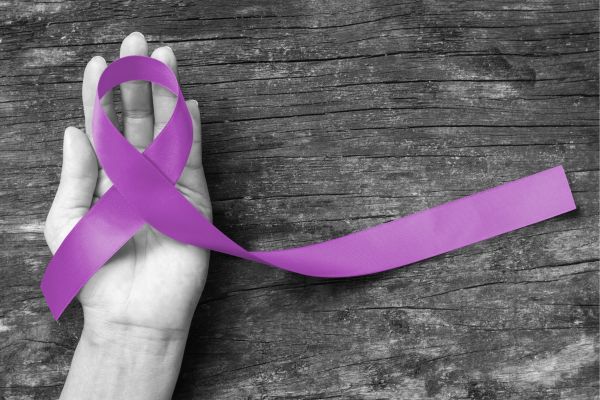September is National Recovery Month, a time to celebrate the strength and courage of those in recovery from substance use disorders and mental illness. It’s a month to raise awareness, reduce stigmas, and show support for individuals on their recovery journey.
National Recovery Month helps spread the word that recovery is possible, encouraging people to reach out for help and reminding us that addiction is something we can talk about openly, without shame.
Let’s break down National Recovery Month and how we can all get involved.
What is National Recovery Month?
National Recovery Month occurs every September to celebrate people in recovery and promote the message that treatment works and recovery is possible.
National Recovery Month was started in 1989 as an initiative by the Substance Abuse and Mental Health Services Administration (SAMHSA). It began as a way to promote the benefits of addiction treatment, but over time, it has expanded to include mental health recovery as well.
The goal is to raise awareness, show support, and reduce the stigma surrounding both addiction and mental health issues. Overall, it’s a chance to educate the public about mental health and addiction, making it clear that recovery is possible with the appropriate treatment and support.
Each year focuses on a different theme, whether it’s highlighting the role of family in recovery or showing how communities can support those battling addiction and mental illness. The theme for 2024 is The Art of Recovery.
It highlights the healing potential of art and promotes recovery-themed art in SAMHSA’s Gallery of Hope.
The Importance of National Recovery Month
Addiction is something millions of people experience, but it’s often misunderstood, ignored, or stigmatized due to a lack of public awareness and education on the matter.
National Recovery Month helps change that by putting the spotlight on addiction and mental health. But in addition to providing general awareness, SAMHSA focuses on spreading the word that recovery is possible and that resources are available to support those struggling.
From community events to social media campaigns, the message is that people shouldn’t be alone in their recovery journey and there are ways to seek help.
National Recovery Month also highlights recovery as an achievement on its own. Since the path to recovery is complicated and can be a lifelong journey, SAMHSA uses this month to celebrate the effort required to seek recovery and stick to it over time. Whether someone has been in recovery for a few months or many years, their success deserves recognition.
Sharing these victories can inspire others still battling addiction and show them that a better, sober life is possible.
Finally, National Recovery Month seeks to minimize the stigma surrounding addiction and mental illness. Often, people see these problems as a failure rather than a disease. This month is an opportunity to help change that perspective by promoting real stories of recovery and resilience.
Reducing the stigma and talking openly about addiction and mental health helps create an environment where people feel safe asking for help.
How to Get Involved in National Recovery Month
There are multiple ways to get involved in National Recovery Month, including the following.
Participate in Community Events
Many local communities host events like recovery walks, seminars, and workshops where people can learn more about addiction and mental illness, connect with others, and celebrate the progress of those in recovery.
National events, like online webinars, also provide opportunities to dive deeper into the issues surrounding addiction and recovery.
SAMHSA’s official website contains a page for browsing events.
Raise Awareness
You can raise awareness about addiction and mental illness in your close circle by promoting National Recovery Month and providing useful information in person or on social media.
SAMHSA’s website provides a toolkit with visual resources you can use to spread the message. The website also has multiple documents that help inform yourself and others about the problems and difficulties people face during recovery.
Support Others
Sometimes, the best way to participate in Recovery Month is by supporting someone you know who’s in recovery. This could mean attending a recovery meeting with them, offering encouragement, or simply listening. Recovery can be a long and challenging journey; knowing they have support can make all the difference.
Volunteering and Advocacy
Consider volunteering with local recovery organizations or advocating for better addiction treatment policies. There are many ways to lend a hand, from helping out at events to sharing your recovery story to inspire others.
Join National Recovery Month This September
National Recovery Month is about more than just acknowledging those in recovery—it’s about celebrating recovery milestones, raising awareness, and reducing the stigma that still surrounds addiction and mental illness.
Whether you’re in recovery, supporting a loved one, or just wanting to make a difference, there are plenty of ways to get involved. You can attend an event, volunteer, or simply support a loved one in recovery. Every little bit helps.
Ultimately, National Recovery Month reminds us that recovery is possible, and together, we can create a community of understanding and support for everyone on this journey.









